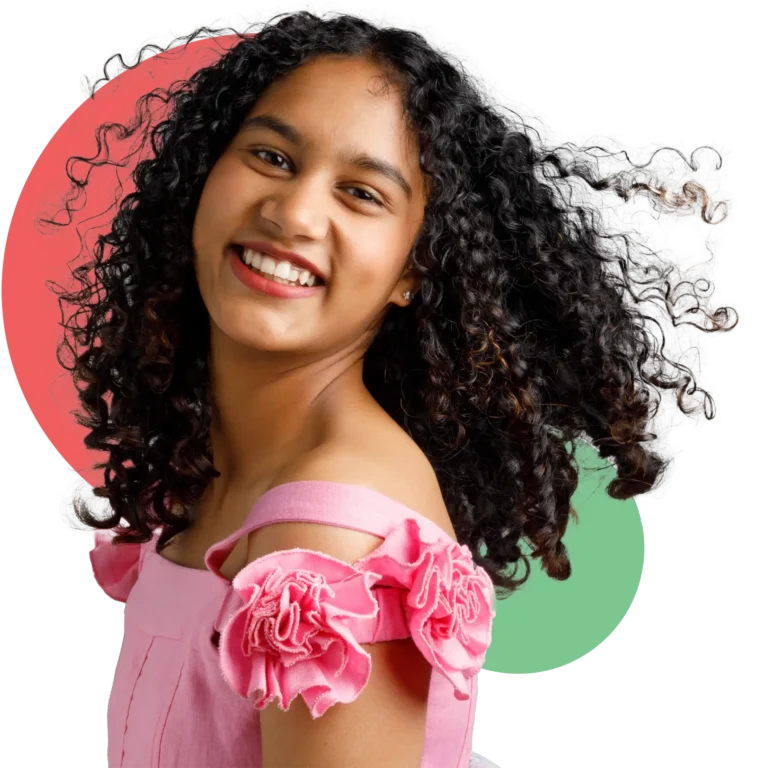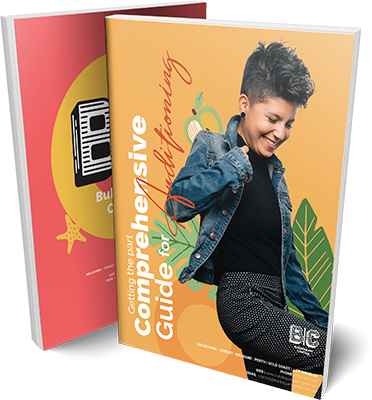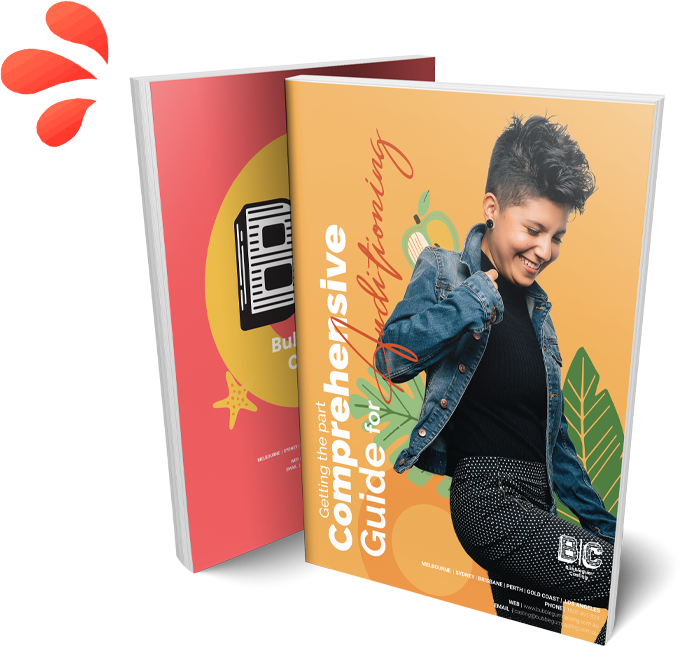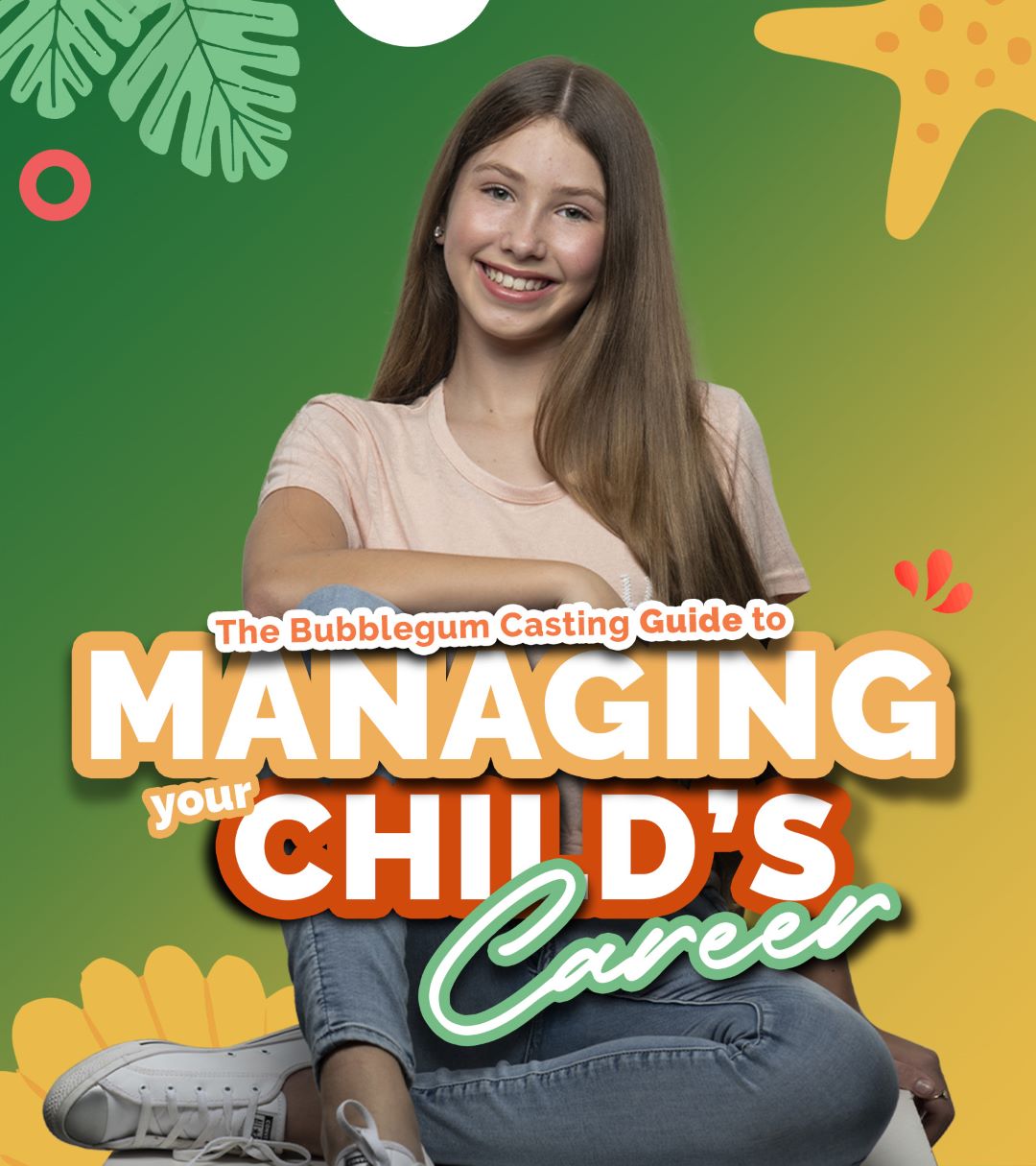Find out what all that confusing acting terms actually mean.
Jumping into acting might feel like landing in a place where everyone speaks a secret code. Words like “callbacks,” “cues,” and “monologues” might seem tricky at first. But don’t worry, you’re not alone in feeling a bit puzzled!
That’s why there’s a special guide designed to unlock these mysteries, helping you tell apart a “prop” from a “side” and more, making the acting world a little less confusing and a lot more fun.
For a deep dive into all these acting terms and to get you speaking the actor’s language, visiting the original source will offer you the full picture and detailed explanations.
Acting Terms Quick links
Acting glossary
Actor/Actress
An actor is anyone who plays a character in movies, TV shows, plays, or any other way of telling stories, using their voice and body to make characters come alive. These days, actor is the go-to word for everyone in the acting biz, regardless of gender, and actress isn’t as common as it used to be.
Agent
An agent is like your go-to person in the acting world. They’re all about finding you gigs, from auditions to actual jobs, and they’re super good at networking with the folks who decide who gets what role. Plus, they’ve got your back when it comes to the nitty-gritty of contracts and making sure you’re seen and heard in the industry. It’s like, for every awesome actor out there, there’s a rockstar agent making things happen behind the scenes!
Audition
An audition is like a tryout for actors where the big decision-makers check out your acting skills to see if you’re the right fit for a role. You might do a scene from the show, say some lines they pick out, or even show off a monologue you’ve got up your sleeve. These tryouts can happen face-to-face or online, and sometimes you gotta go back a few times, especially if it’s for a big part.
Backstage
Backstage is all about what goes on behind the scenes that the audience doesn’t see. This includes everything from the dressing rooms where actors get ready, to the hustle of setting up the set and costumes. It’s not just a place; it’s all the prep work and downtime between the action, where everyone from actors to crew members get things done and chill out before the spotlight hits.
Cast
The cast refers to all the actors in a show, including main roles, supporting roles, and extras. While it sometimes includes crew members, it’s mainly about the folks you see on stage or screen. The cast is picked through auditions and then they rehearse together before the final performance.
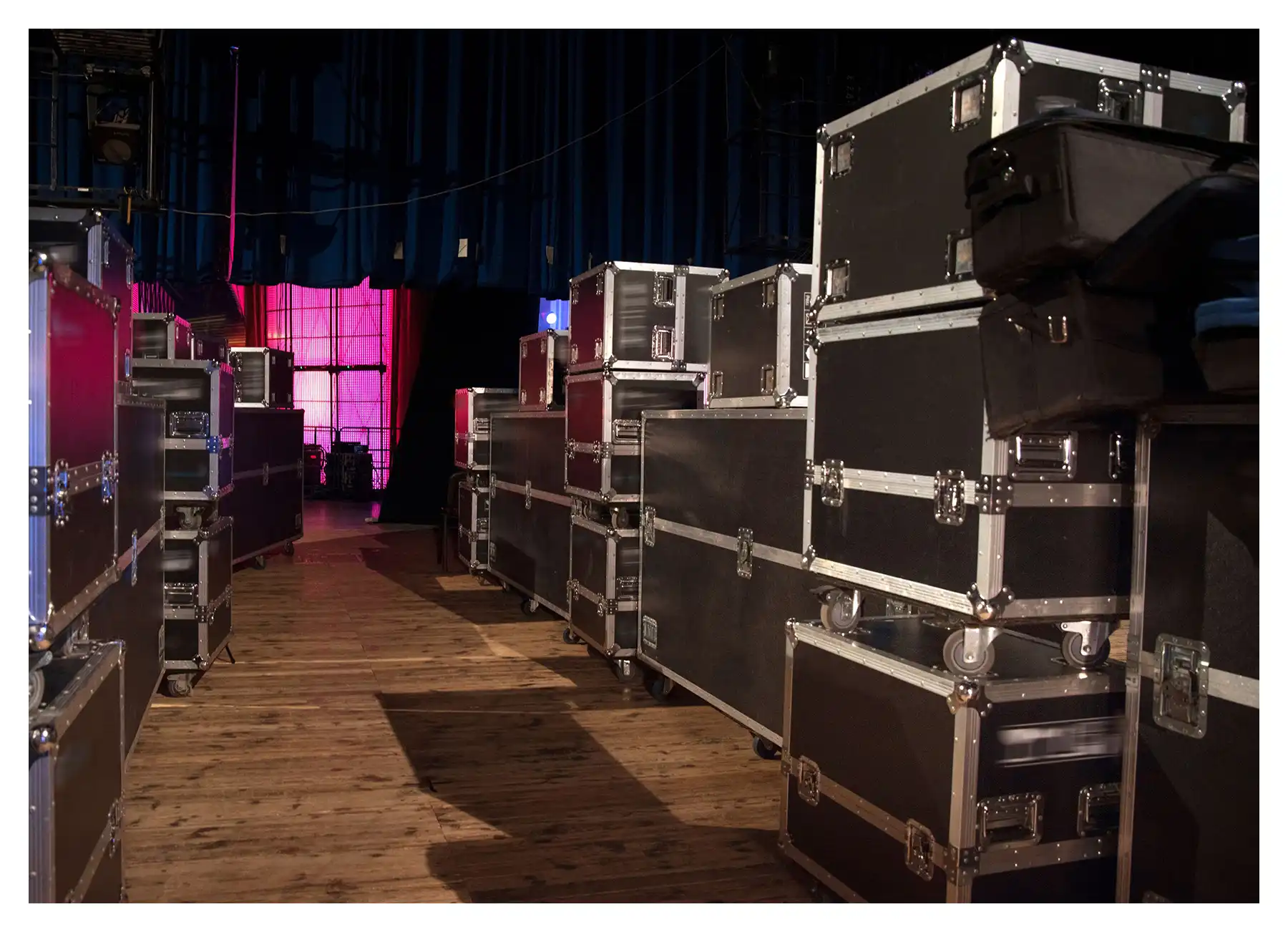
Callback
A callback is like getting a second chance to show off your acting chops after an initial audition. It means the casting folks saw something they liked and want to see more of what you can do. This round is usually more detailed, where you might do more scenes, read with others, or tackle a surprise script piece. Making it to a callback is a big thumbs-up in acting—it means you’re on the right track, even if you don’t land the role this time.
Casting Director
The casting director is the gatekeeper in the acting world, picking the right actors for a show or movie based on their auditions and what the project needs. They’re the first to watch you audition, deciding if you’ve got the right vibe for the role. Working closely with the director and production team, they also sort out auditions and callbacks and might even help with actor contracts. Basically, they’re the first big impression you need to nail.
Film Character
A film character can be anyone from humans to animals, or even fantastical beings like ghosts or aliens, that shows up in a movie. These characters, who might be purely fictional or based on real individuals, are crafted by the film’s writer or director. They’re central to the story, each with their own unique mix of personality, looks, and history. Casting the right actor for each character is crucial, as not everyone can bring the director’s vision for these characters to life.
Characterisation
Characterisation is all about crafting a character’s unique vibe, from their personality and looks to their background. It’s about deciding how they think, feel, and act, which not only drives the story forward but also ties them to the plot. Through their dialogue, actions, and how other characters see them, you get a sense of who they really are. Good characterisation makes characters feel real and relatable, helping audiences get why they do what they do.
Cold Reading
Cold reading is when actors audition with a script they’ve just been handed, diving in without prep. It’s a real test of their acting chops and quick-thinking, showing if they can grab a character’s essence on the fly. It’s a skill many actors hone to stay sharp and ready for anything an audition throws at them.
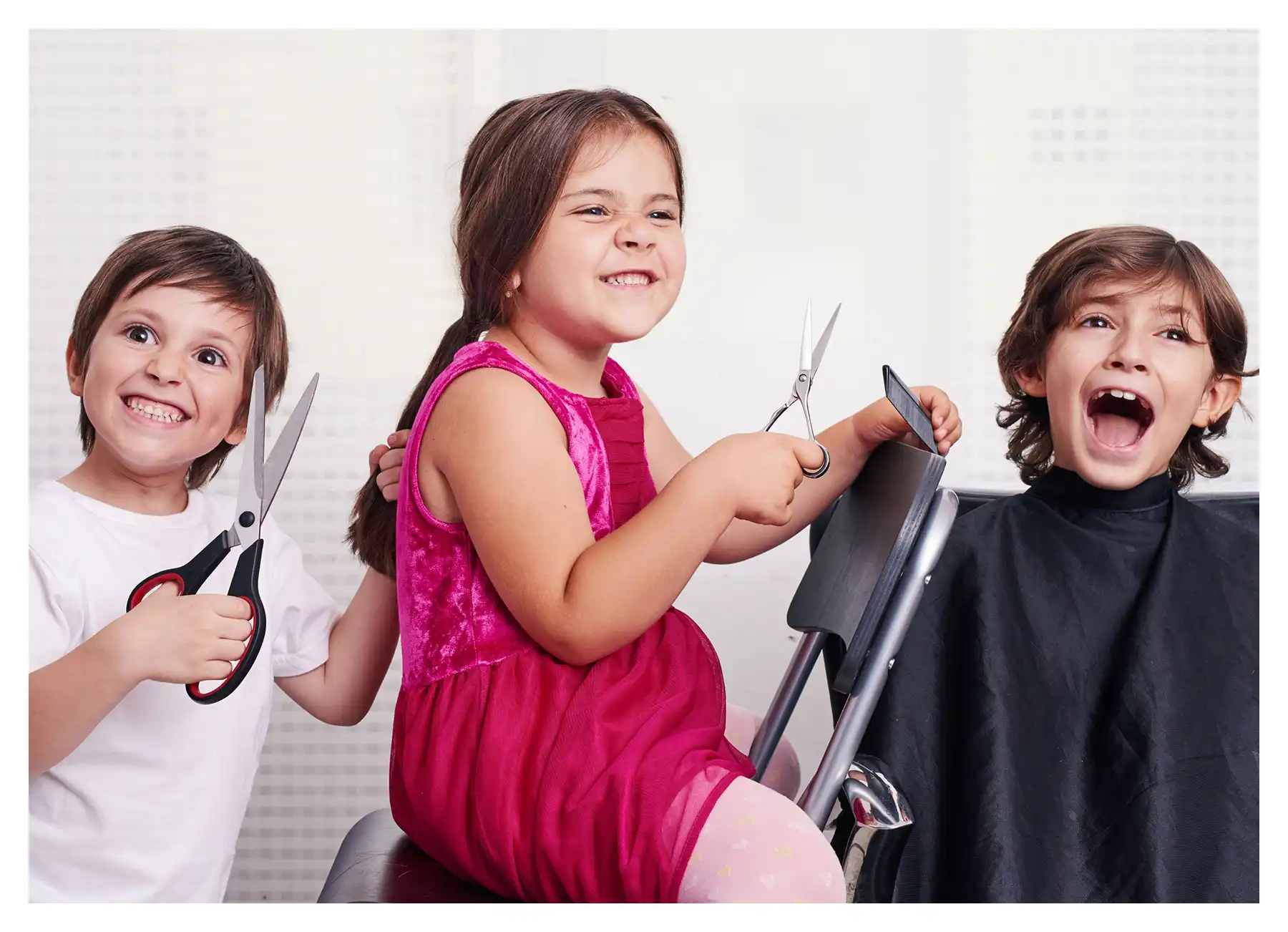
Cue
A cue is the signal that tells an actor it’s their turn to speak or do something on stage or set. It might be a specific line, a gesture, a change in lighting, or even a prop’s movement. Cues are crucial for keeping everyone in sync during a performance. Missing a cue can throw off the whole show, so nailing them is key for any actor.
Co-Star
A co-star is an actor who shares the spotlight in a production, often playing a key role alongside others of similar importance. This acting term can apply to lead roles in any stage or film project, and sometimes specifically to well-known actors appearing together in a TV show.
Dialogue
Dialogue is the back-and-forth chat between characters in movies, plays, or radio shows. It’s key for sharing their thoughts, feelings, and plans, which pushes the story forward. Through dialogue, we get to know who the characters are, what they’re up to, and why. It’s also a great way to ramp up the drama, add a few laughs, or give us the lowdown on what’s happening in the story.
Director
The director is the visionary leader of a production, whether it’s a movie, TV show, or play. They’re in charge of both the artistic and technical sides, working closely with actors and crew to turn the script into a compelling story. From deciding on camera angles to guiding actors’ performances, the director’s creative choices shape the entire project, making them the production’s driving force.
Ensemble
An ensemble refers to a group of actors who work closely together in a performance, sharing the stage and often supporting each other’s roles. This collaboration fosters a strong sense of unity and makes the production cohesive. Ensemble members might also help with tasks like costume changes and managing props, essentially covering various aspects of the show to ensure everything runs smoothly.
Extra
An extra, or background actor, is someone who appears in a scene without a speaking part, often used to make a setting look busy, like a crowded street or a restaurant. They help make scenes more realistic but don’t have lines or specific actions. Extras are usually paid less than speaking role actors.
Improvisation
Improvisation, or improv, is when actors spontaneously create dialogue and actions without a script. It’s a key tool in acting workshops and classes to boost creativity and quick thinking. Improv can also pop up in auditions and live performances, allowing actors to showcase their ability to think on their feet.

Lead
The lead is the star of the show, grabbing the most screen time and having the most impactful character journey. They’re at the heart of the story, driving the plot with their decisions and actions. Whether it’s a movie, TV show, or play, the lead is usually front and center, involved in the majority of scenes and dialogues. Often, they’re the most recognizable face in the cast, drawing audiences with their fame.
Monologue
A monologue is a solo speech used in auditions or acting drills, letting actors display their skills and their character’s inner world. It’s a moment for actors to shine, showing off their emotional range and abilities. Casting directors use monologues to gauge an actor’s talent, making it a crucial part of the audition process.
Method Acting
Method acting is a deep dive into character, where actors use their own feelings and experiences to portray their roles authentically. They might even live like their character to get into the right headspace. Created by Lee Strasberg in the mid-20th century, this approach has shaped many iconic performances.
Playwright
A playwright crafts plays for stage or radio, weaving together dialogue and characters. They often play a role in bringing their work to life, from page to performance. Their creations can also leap from stage to screen. Think of Shakespeare for a classic example of a playwright’s impact.
Prop
A prop, short for “property,” is any item used on stage or screen to enhance the visual storytelling, like furniture, weapons, or everyday objects. It helps set the scene and supports the characters’ interactions. Fun fact: props are considered the characters’ belongings, adding a layer of realism to the performance. Perfect trivia for your next quiz night!
Rehearsal
A rehearsal is when actors and the production team get together to practice scenes and lines. It’s the time to dig into characters, refine performances, and work out the production’s specifics under the director’s guidance. This phase kicks off after casting, shaping the director’s vision into reality.
Role
A role is the part an actor plays in a show, complete with lines, actions, and traits to bring to life. While actors typically take on one role, some productions might have them juggling multiple characters. Leading roles are often key to the storyline or the main plot of the show.
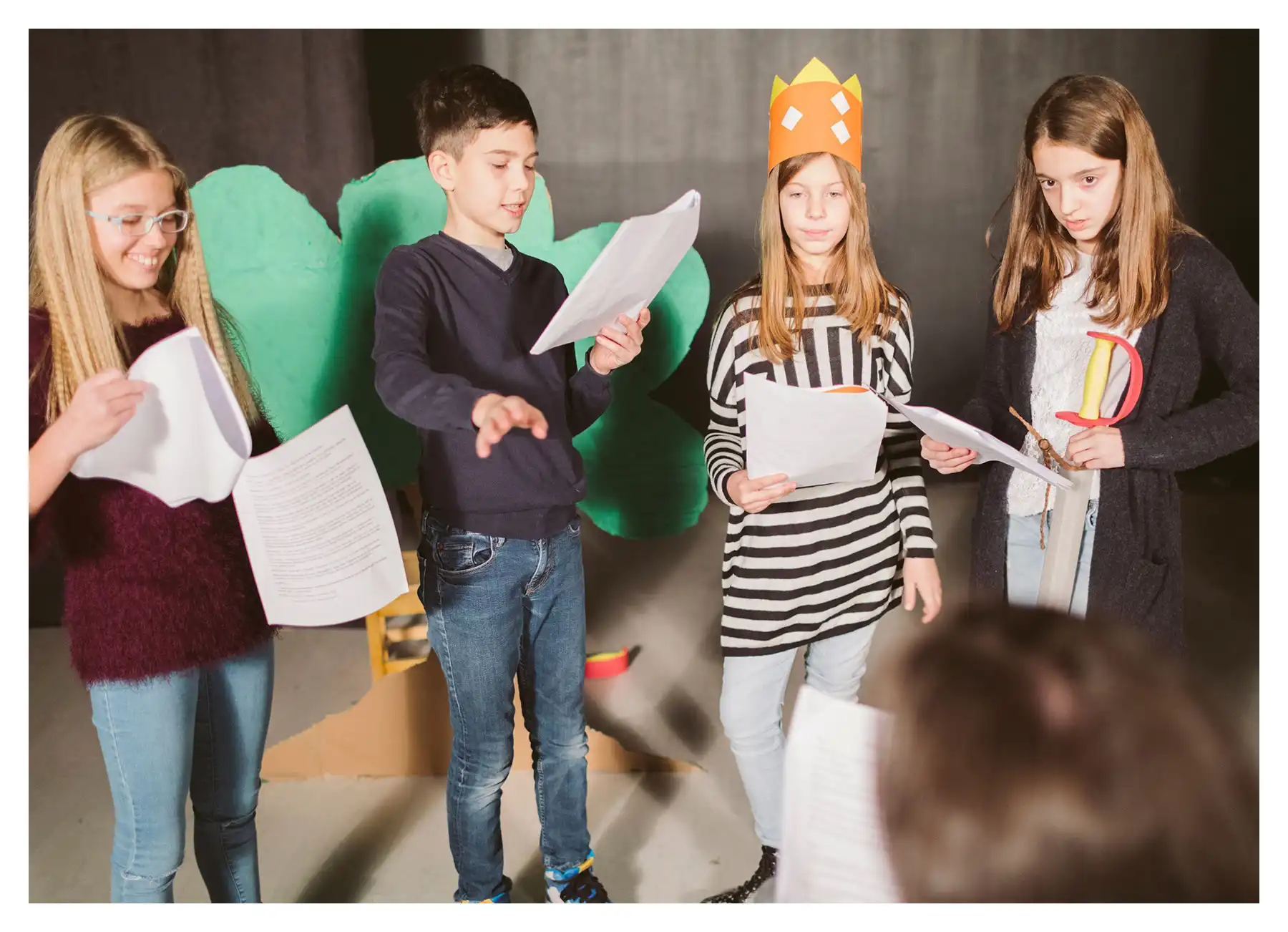
Scene
A scene is a segment of a script set in one location, often involving a few characters interacting. It’s like a snapshot within a story, focusing on specific actions or conversations. When the action shifts to a new place, that starts a new scene. Productions stitch together many scenes, each set in different locations or times, to weave the full narrative.
Scene Partner
A scene partner is an actor you share a scene with in a play or film. Working together, scene partners strive to make their interactions feel natural and real, which means listening and responding to each other as if it’s all happening for the first time. It’s harder than it sounds! They often build a strong connection through many rehearsals, sometimes leading to genuine on-screen or on-stage chemistry.
Screen Test
A screen test is a filmed audition where an actor performs a scene to showcase their skills for film or TV roles. It’s a deeper look into how they appear and sound on camera, beyond initial auditions, often conducted in a studio setting. Unlike remote auditions or self-tapes, screen tests are part of the later casting stages.
Script
A script is the written framework of dialogue and instructions for a performance, serving as the foundation for actors and the production team to bring a story to life. Created by screenwriters or playwrights, it’s essential for plays, films, or TV shows and can go through many edits to reach its final form. For stage works, it’s also called a play text or playbook.
Set
A film set is the location where movie or TV scenes are filmed, ranging from real-world spots to custom-built studios. It’s the stage for actors’ performances and the workspace for crew to capture the action and handle technical details, making it the heart of production magic.
Side
An actor’s side is a small slice of dialogue or a short scene used in auditions to display an actor’s skills. It’s essentially a few lines or a brief scenario helping actors to showcase their range and style, acting as a snapshot of their talent. Monologues are often used as sides too.
Stage Directions
Stage directions are written cues in scripts that guide actors on their actions, movements, and how they should express emotions on stage. They detail everything from physical positioning to facial expressions, and can also describe the set, lighting, sound, and costumes, helping actors fully immerse into their roles and the scene’s ambiance.
Staging
Staging involves planning and arranging everything in a production, like where actors stand, set design, lighting, and sound. It’s about bringing all these elements together to tell the story visually and aurally. The director, often with designers and sometimes the actors, decides on these aspects to make the scene come alive.
Stunt Double
A stunt double steps in for actors to perform dangerous actions in movies, like fight scenes or high-speed driving. They need to look similar to the actor they’re replacing so the scene appears seamless. Sometimes, they’ll use wigs or masks to match the actor more closely, ensuring the illusion that the actor is performing the stunt themselves.
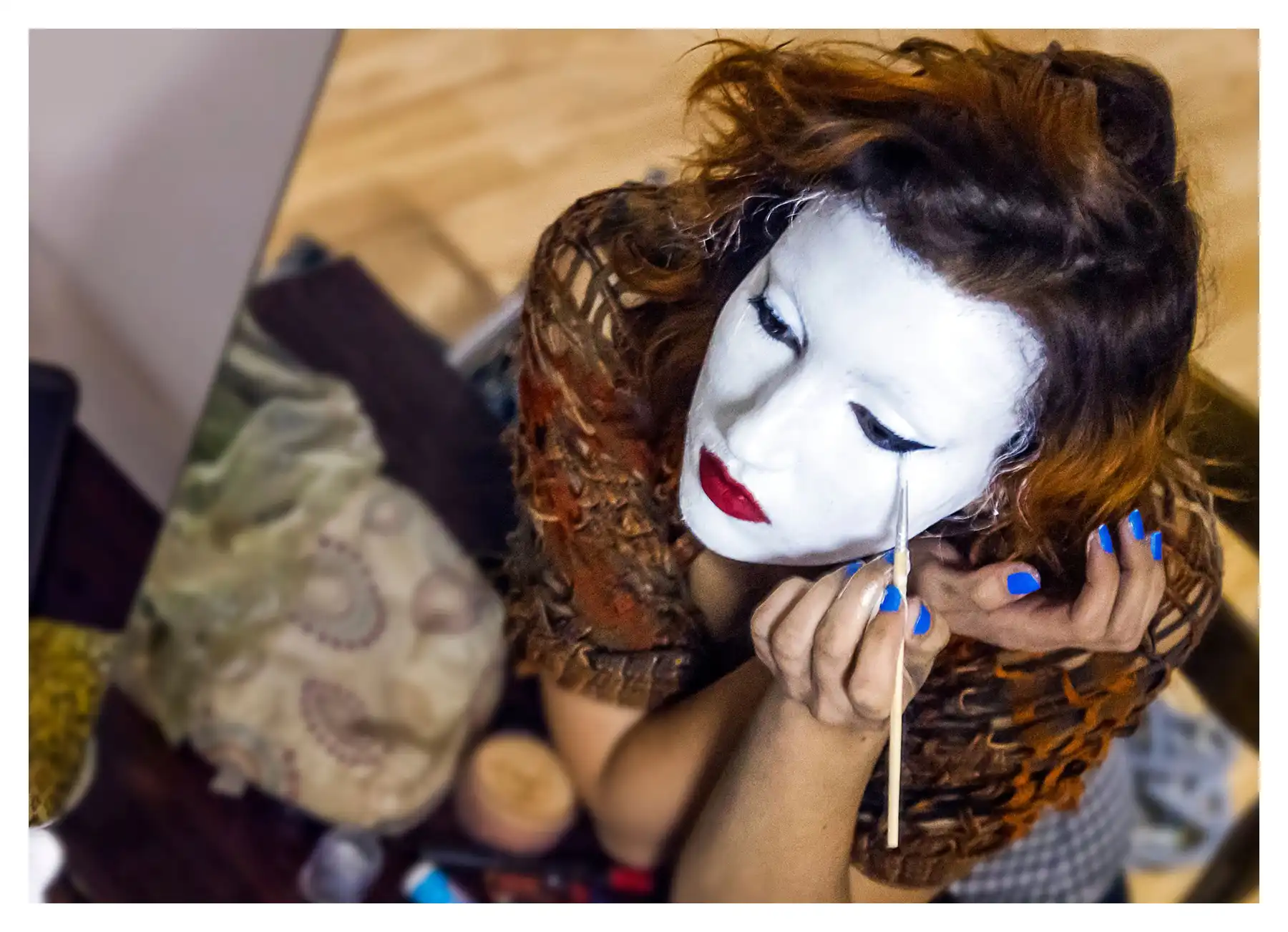
Take
A take is a single recording of a scene, starting with action and ending with cut. It might be just one shot or several spliced together. Getting it right can require multiple attempts, hence take 7 or take 29.
Theatrical Makeup
Theatrical makeup is designed to stand out under bright stage lights and from a distance, leading to a more exaggerated look than film and TV makeup, which is more subtle but still heavier than everyday makeup. It can create various effects, like aging, injuries, or fictional character traits, to enhance visual storytelling.
Table Read
A table read is a crucial meeting where the cast and crew go through the script aloud. It helps actors familiarize themselves with the dialogue and storyline, and offers a chance for the director and creative team to give feedback and suggest script adjustments.
Understudy
An understudy learns another actor’s role in a play or musical, ready to step in if needed. They attend rehearsals and might perform if the original actor can’t. This role is crucial for the smooth running of live performances, ensuring the show goes on regardless of unexpected absences. Understudies are more common in theater than film, where schedules can adapt to actor availability.
Voiceover
A voiceover is narration by a voice that’s not seen in the story, adding context or inner thoughts. Recorded by professional voice actors, it’s usually added in post-production. Voiceover artists often work separately from the on-set cast.
Wardrobe
Wardrobe includes all the clothing and accessories actors wear in productions, carefully selected or created by a costume designer. It’s crucial for defining characters, making them relatable or authentic. The wardrobe encompasses everything from shoes and hats to jewelry and handheld props, playing a key role in storytelling and visual presentation.
Workshop
An acting workshop serves as a class or program where actors gather to enhance their skills. These workshops vary in focus, such as emotive acting or improvisation techniques, tailored to the participants’ goals. They play a vital role in the growth of both aspiring and seasoned actors.
Sure, you might stumble upon more jargon in the world of stage and film, especially regarding set gear and crew roles. But for acting, the acting terms we’ve covered are the basics.
If you’re starting out or seeking representation, Bubblegum Casting is scouting for top talent. Reach out or apply to join our agency, and we’ll be in touch ASAP.
Now, it’s time to wish you… wait, that’s not it! Break a leg out there!
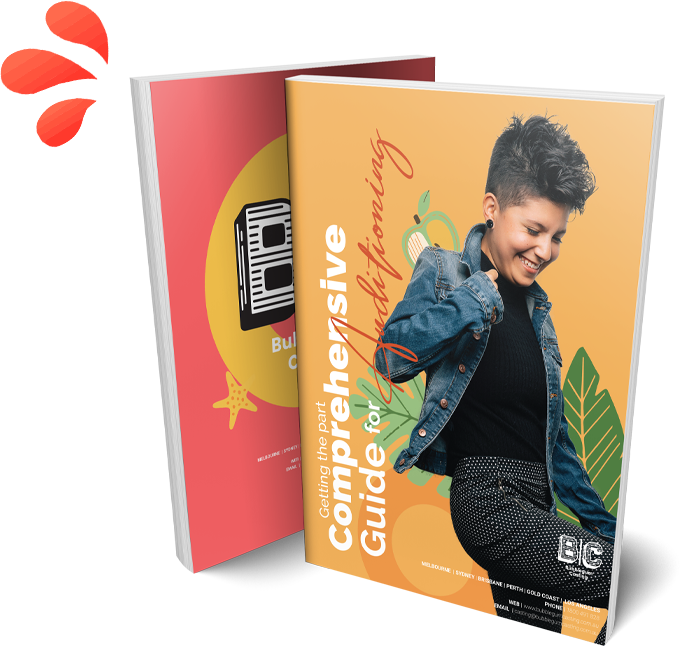
DOWNLOAD OUR
EBOOK ON
COMPREHENSIVE GUIDE FOR AUDITIONING
WANT TO BE A CHILD
ACTOR OR MODEL?
At Bubblegum, we represent some of Australia’s brightest young stars, but even so, we’re always on the lookout for fresh new faces and talent.
If your child is aged anywhere from 3 months to 18 years of age, and you think they might have what it takes to shine in front of a camera or on stage, then we want to hear from you.
We’ll set up a quick informal chat where we’ll get a feel for your child’s suitability for working in the industry.
The lucky kids that make it onto our books benefit from in-house workshops and coaching sessions to help them brush up on their skills. They’ll also get great advice and tips from the Bubblegum team, some of whom have worked as child models and actors themselves! We’ll even arrange a portfolio shoot with our in-house photographer.
We want all the kids on our books to have their chance to shine and if that means working twice as hard to make it happen, then that’s what we’ll do!


